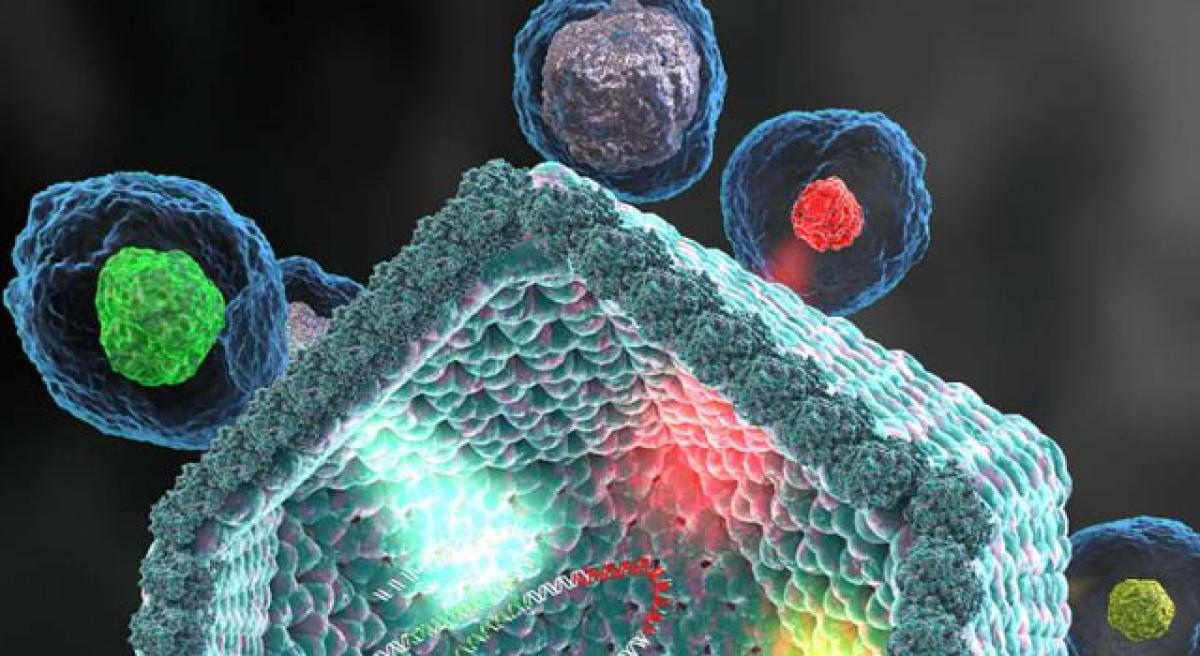Live
- MahaYuti's electoral success testament to leadership of PM Modi, HM Shah: Ajit Pawar
- Unproven remedies: Tata Memorial Hospital slams Sidhu’s viral ‘diet cure’ cancer claim
- People voted in favour of development, rejected negative politics: CM Shinde
- Rajasthan bypolls: CM Bhajan Lal Sharma's governance credited with BJP's impressive show
- Aaditya Thackeray retains Worli defeating Shinde faction nominee Milind Deora
- Over 20 Injured in Multi-Vehicle Collision on Mangaluru-Bengaluru Highway
- South Korea not to attend Sado memorial amid controversy over Japan's pick for government representative
- Five major factors that helped MahaYuti to win landslide victory
- Difficult to digest Maharashtra results: Congress
- 'Haryana Defence': Rahul Gandhi terms Maha defeat 'unexpected' too









